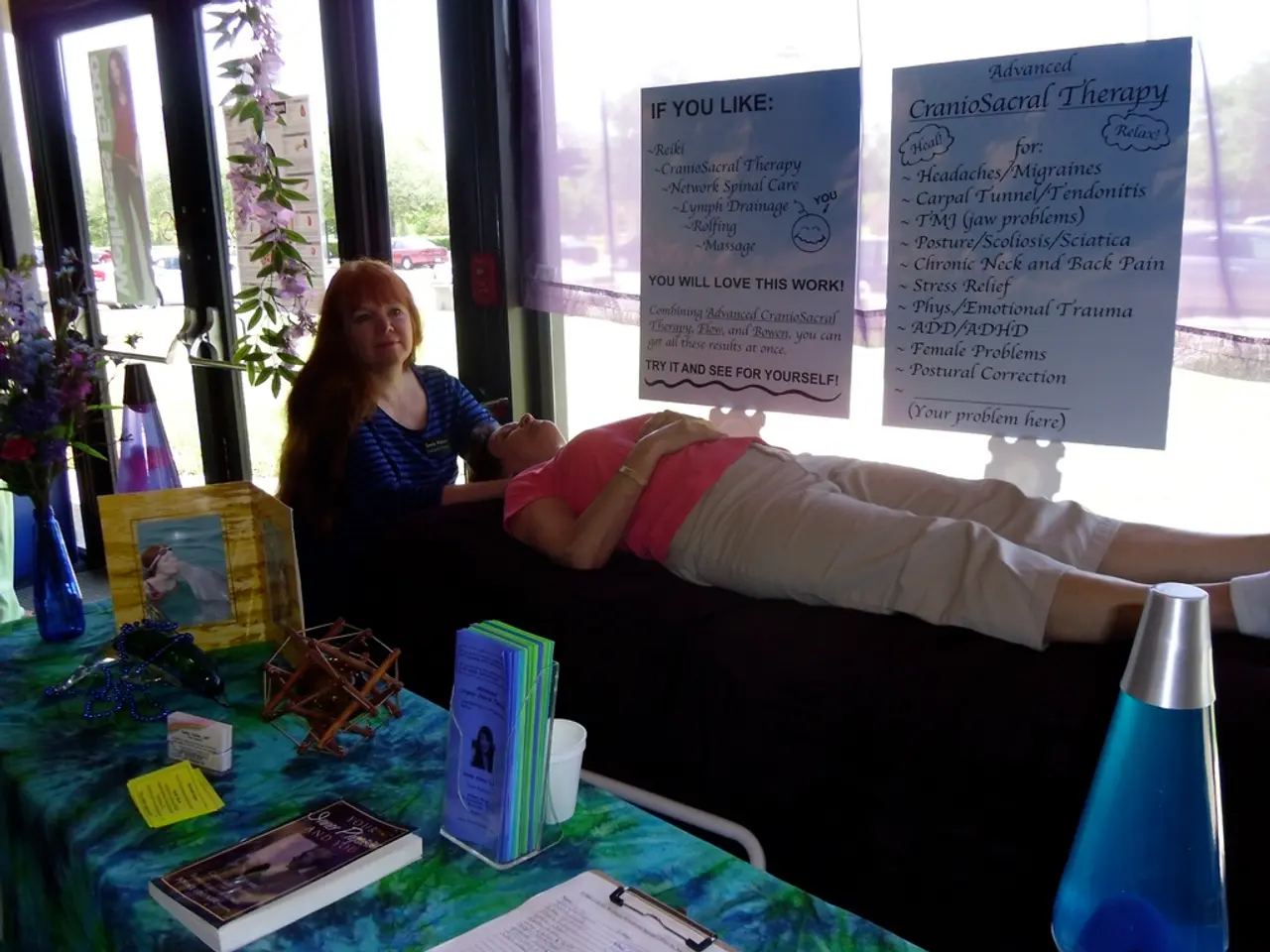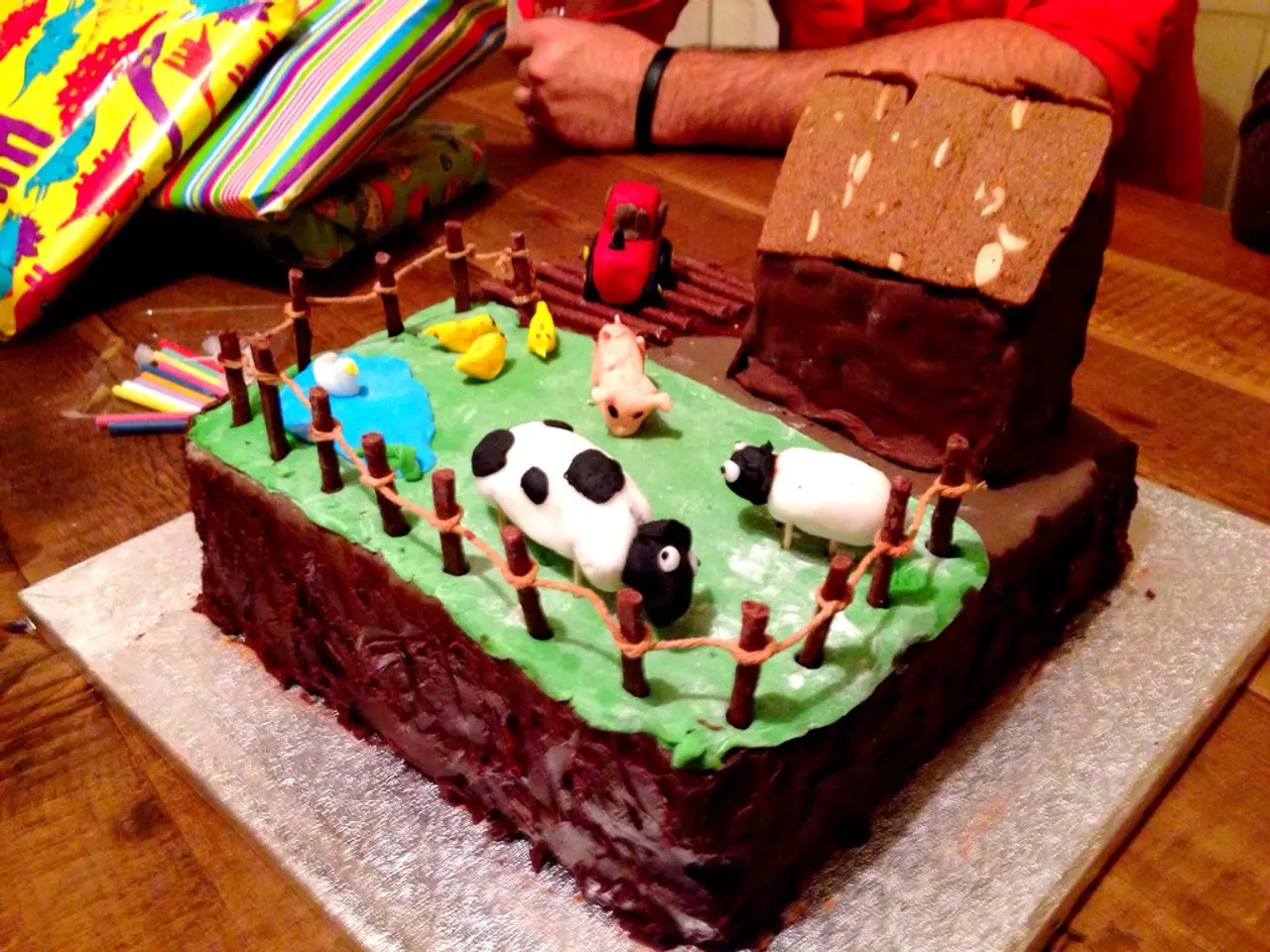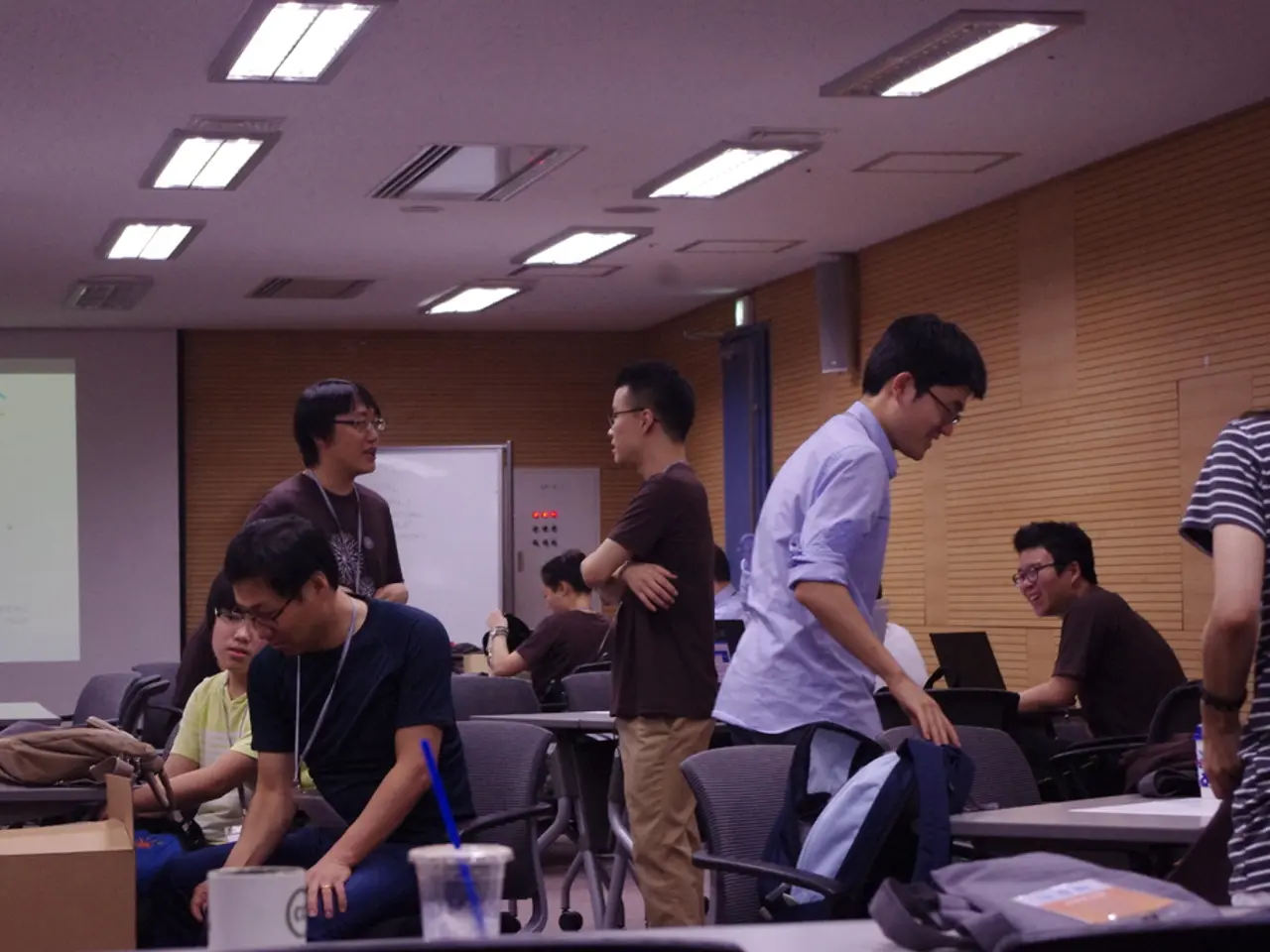Escape the Repeated Patterns of Childhood Trauma
Healing from the emotional scars of childhood trauma is a journey that requires understanding, patience, and a holistic approach. This article explores various strategies and therapeutic approaches that can aid in the recovery process.
1. **Acknowledging Past Experiences** The first step towards healing is recognising and validating the trauma and its emotional impact. Techniques such as mindfulness, journaling, letter writing, or creative expression can help individuals acknowledge and express feelings related to childhood neglect or abuse.
2. **Seeking Therapy** Professional help provides a safe environment to process trauma. Effective therapy modalities include Trauma-Focused Cognitive Behavioral Therapy (TF-CBT), Eye Movement Desensitization and Reprocessing (EMDR), Psychodynamic therapy, Dialectical Behavior Therapy (DBT), and Cognitive Behavioral Therapy (CBT). These therapies focus on managing symptoms and building healthy emotional regulation and communication skills.
3. **Building a Support System** Healing benefits from a supportive family or social environment where open communication, education on trauma, and safety are promoted. Encouraging stress management and involving loved ones can create an environment conducive to recovery.
4. **Finding Healthy Coping Mechanisms** Practical strategies to manage triggers and emotions include mindfulness and grounding exercises, deep breathing techniques, physical activities like yoga, walking, or dancing, and creative outlets for emotional release.
5. **Changing Negative Thought Patterns** Therapy, especially cognitive-behavioral approaches, supports identifying and reframing harmful thoughts related to trauma. Developing emotional regulation and communication skills also helps in shifting negative patterns.
6. **Cultivating Resilience** Building resilience involves consistent self-care, learning coping skills, processing trauma safely, and gradually rebuilding a sense of safety and control. Re-parenting the inner child through self-compassion and new positive experiences is important in this process.
In addition, mindfulness meditation can reduce anxiety and depression in trauma victims, and being assertive can lead to better self-esteem and stronger relationships. Early traumas persist and weave into the child's development and mental health, with approximately 26% of children in the U.S. facing difficulties before starting kindergarten.
Resources from mental health organizations, trauma-informed therapists, and supportive communities can provide deeper guidance and individualized approaches tailored to one’s needs. It's important to remember that healing from childhood trauma is a personal journey, and everyone's path may be different. However, with the right support and strategies, it is possible to break trauma patterns and transform one's life.
- Mindfulness meditation, a practice from the realm of education-and-self-development and health-and-wellness, can help trauma victims reduce anxiety and depression by promoting self-awareness and emotional regulation.
- Science, through extensive research, has validated various therapeutic methods, such as Cognitive Behavioral Therapy (CBT) and Dialectical Behavior Therapy (DBT), which play a crucial role in mental-health improvement by teaching individuals how to identify and alter negative thought patterns and build healthy emotional regulation skills.
- A strong support system is essential for personal-growth and recovery from childhood trauma, as evidenced by research in education-and-self-development, as open communication, understanding, and safety within a family or social environment can help promote healing and resilience.




